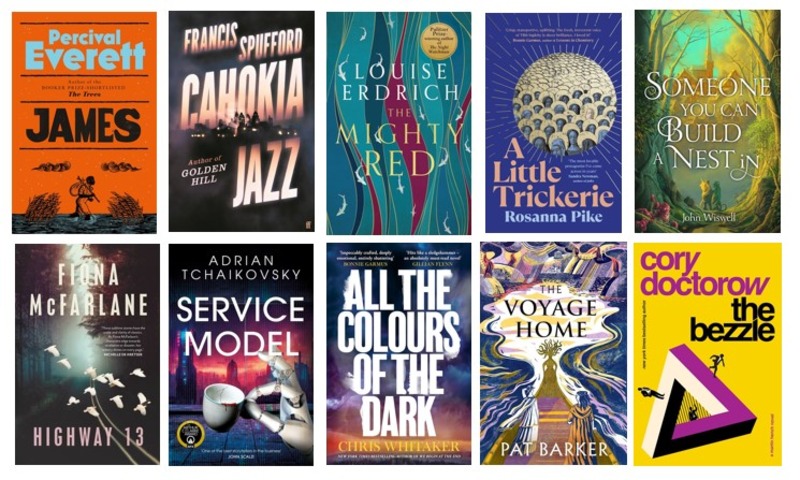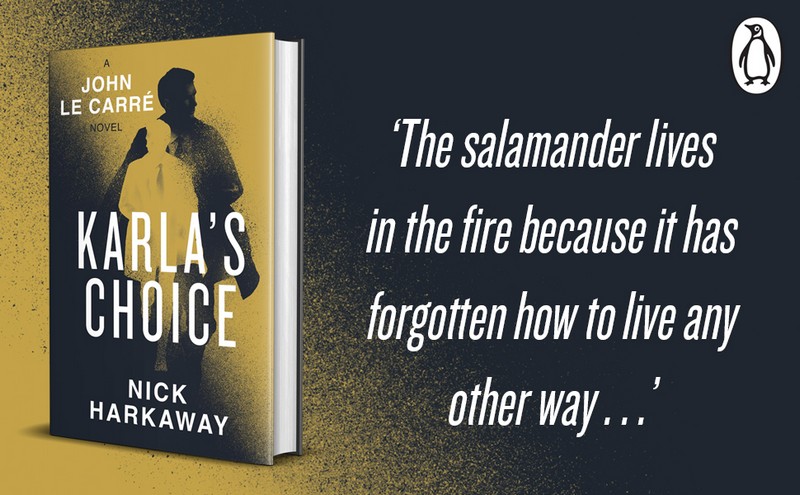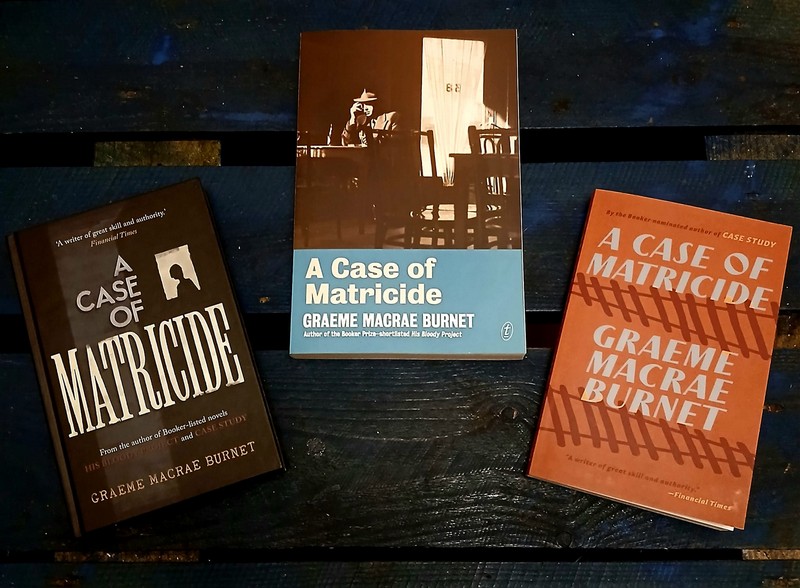 Tracy Chevalier, best known for her novel The Girl with the Pearl Earring, takes readers to Venice in her new novel The Glassmaker. Or more precisely to the island of Murano, home to an ancient and world-renowned tradition of glass making. This novel is a kaleidoscopic journey through the history of Murano, its glassmaking and of Venice through the centuries.
Tracy Chevalier, best known for her novel The Girl with the Pearl Earring, takes readers to Venice in her new novel The Glassmaker. Or more precisely to the island of Murano, home to an ancient and world-renowned tradition of glass making. This novel is a kaleidoscopic journey through the history of Murano, its glassmaking and of Venice through the centuries.
Chevalier opens The Glassmaker with the idea that time moves differently in Venice and then with a metaphor – of the concept of skimming a stone across a lake:
…it will touch down many times, in long or short intervals as it lands.
With that image in mind, now replace water with time.
With this framing, Chevalier sets out the structure of The Glassmaker – a narrative that will “touch down” at various points in Venetian history between the late fifteenth and early twenty first centuries. Only, it is her other conceit that drives the action of the novel – the idea that the people age at a different rate than the rest of the world (or terraferma as they call the mainland). So that each time the reader touches down, 50, 80 or one hundred years later than the last chapter, they are catching up with the same characters, both in Murano and Venice, aged only by a few years.
Readers’ enjoyment of The Glassmaker will be partly tempered by their ability to accept Chevalier’s framing. In some ways it’s clever and in others it makes no sense and has so many logical holes in it that it’s hard to stop asking obvious questions around how this all works. In particular, how a whole city that moves slowly in time interacts with the rest of the world. But what it also means is that characters carry the past with them in a way that allows for some interesting resonances. So, for example, those who lived through the Black Death in the sixteenth century also live through the Covid lockdowns.
The plot itself revolves around Orsola Rosso, youngest daughter of the glassmaking Rosso family. When her father dies suddenly Orsola and her brothers need to take over the business. As women are not permitted to blow glass, Orsola is trained in the making of glass beads, a skill that she will perfect over the years and which will be partly responsible for keeping the business afloat. Over the centuries, Chevalier’s narrative centres on Orsola and her relationships both personal and business, charting the fortunes of the glass industry along the way.
While shortcutting the reader’s need to re-engage with a new set of characters in each chapter (and probably making the book twice as long), Chevalier’s approach plays down the way in which these skills and traditions have been passed down and closely held over many generations. Her characters become stand-ins for the families of each period which reduces readers ability to think of them as real people.
The Glassmaker focusses on a fascinating art form and the generations of families that have kept it alive in the face of competition, war, disease and now rising sea levels. In telling this story, Chevalier also manages to highlight some of the key moments and characters from Venetian history – including the Black Death, the exploits of Cassanova, the Napoleonic wars and World War I. But she also (necessarily) skips her time stone over others – the whole of the 20th Century is dealt with in a paragraph.
The Glassmaker overall feels like a flawed experiment. It is an engaging and enjoyable way to learn about the glassmaking industry of Venice. But the method that is used feels artificial and thinking about the narrative approach often gets in the way of enjoying the story that Chevalier is trying to tell.
Robert Goodman
For more of Robert’s reviews, visit his blog Pile By the Bed
Other reviews you might enjoy:
- Psalms for the End of the World (Cole Haddon) – book review
- Wolves of Winter (Dan Jones) – book review
- Eleanor’s Secret (Caroline Beecham) – book review

Robert Goodman is a book reviewer, former Ned Kelly Awards judge and institutionalised public servant based in Sydney. This and over 450 more book reviews can be found on his website Pile By the Bed.



